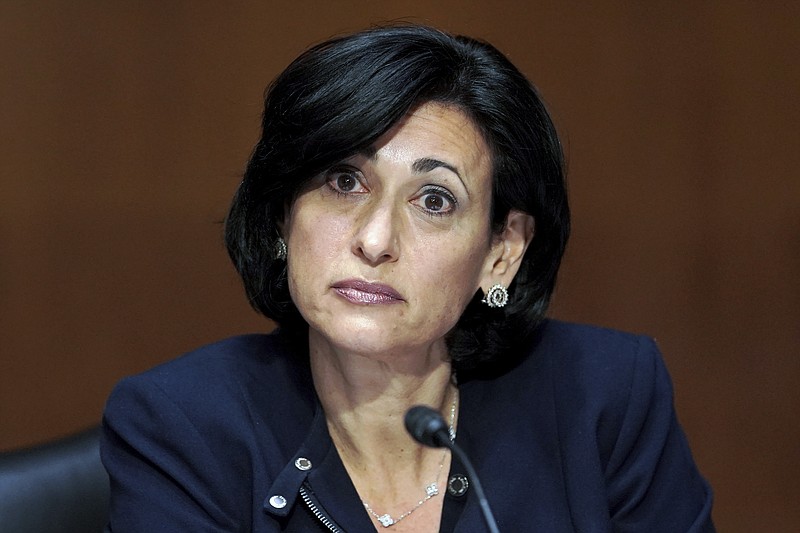You can't blame the messenger for not being clear if the message is a mishmash. And last week, the Centers for Disease Control and Prevention offered such a messed-up message about unmasking that its director still has not been able to clean it up. As a result, many of us are more confused than ever about masks.
"Anyone who is fully vaccinated can participate in indoor and outdoor activities, large or small, without wearing a mask or physical distancing," Rochelle Walensky, director of the CDC, said at a White House briefing Thursday. "If you are fully vaccinated, you can start doing the things that you had stopped doing because of the pandemic. We have all longed for this moment, when we can get back to some sense of normalcy."
Really? No masks? No physical distancing? As I wrote two days before the directive was announced, we in the media were at a point in covering the pandemic where clarity and exactitude were needed as much or more than ever.
But what did we get from the CDC?
"It was a little bit of whiplash for the American public in terms of them saying just a week before, keep your mask on. And then all of sudden, they're saying now you can take them off," according to Jerome Adams, a former surgeon general, who spoke on CNN Monday.
He was being kind. NBC's "Saturday Night Live" was not so kind in the show's opening.
"It's your boy, Fauci, the patron saint of Purell," Kate McKinnon, playing Anthony Fauci, director of the U.S. National Institute of Allergy and Infectious Diseases, said in greeting viewers. "The CDC announced that people that are vaccinated no longer need to wear masks, outdoors or indoors. Pretty great, right? But a lot of people had questions, such as, what does that mean? What the hell are you talking about? Is this a trap?"
It was a funny opening, but there is nothing funny about the deeper truth it suggested: that the public health and medical professionals who are directing our COVID-19 response efforts are not very good at communicating with us.
Now I'm being kind. By and large, they have been awful at communicating, and that has been a huge problem throughout the pandemic. Last week, I urged my media colleagues to strive for clarity and exactitude in reporting and analyzing the best information on masking. But what can media do if the primary government agency charged with providing information and guidance is offering information so inexact that it is ripe for TV satire?
Walensky went on multiple Sunday morning shows to try to walk back the oh-happy-day announcement. She tried to explain the abrupt change to no masks for those who are vaccinated as the result of the CDC following the science as it "evolved." She found some support for the "science" part, at least.
I am not saying the CDC's guidance last week is as dangerous as the information that came out of the COVID briefings starring former President Donald Trump.
But this failure is on President Joe Biden's CDC and Walensky, and I think it suggests a cultural problem that has become a serious public health issue during the pandemic. Ours is a media-saturated culture with an overload of highly sophisticated information and disinformation streams competing for our attention. If you can't communicate your message clearly and effectively, you might as well not have one.
Medical, government and public health officials must put as much thought, money and expertise into communicating their messages as they do into formulating them. Not being clear, getting it wrong or not reaching the audience at all can be a matter of life and death for members of that intended audience. There is no excuse for that kind of failure.
The Baltimore Sun
